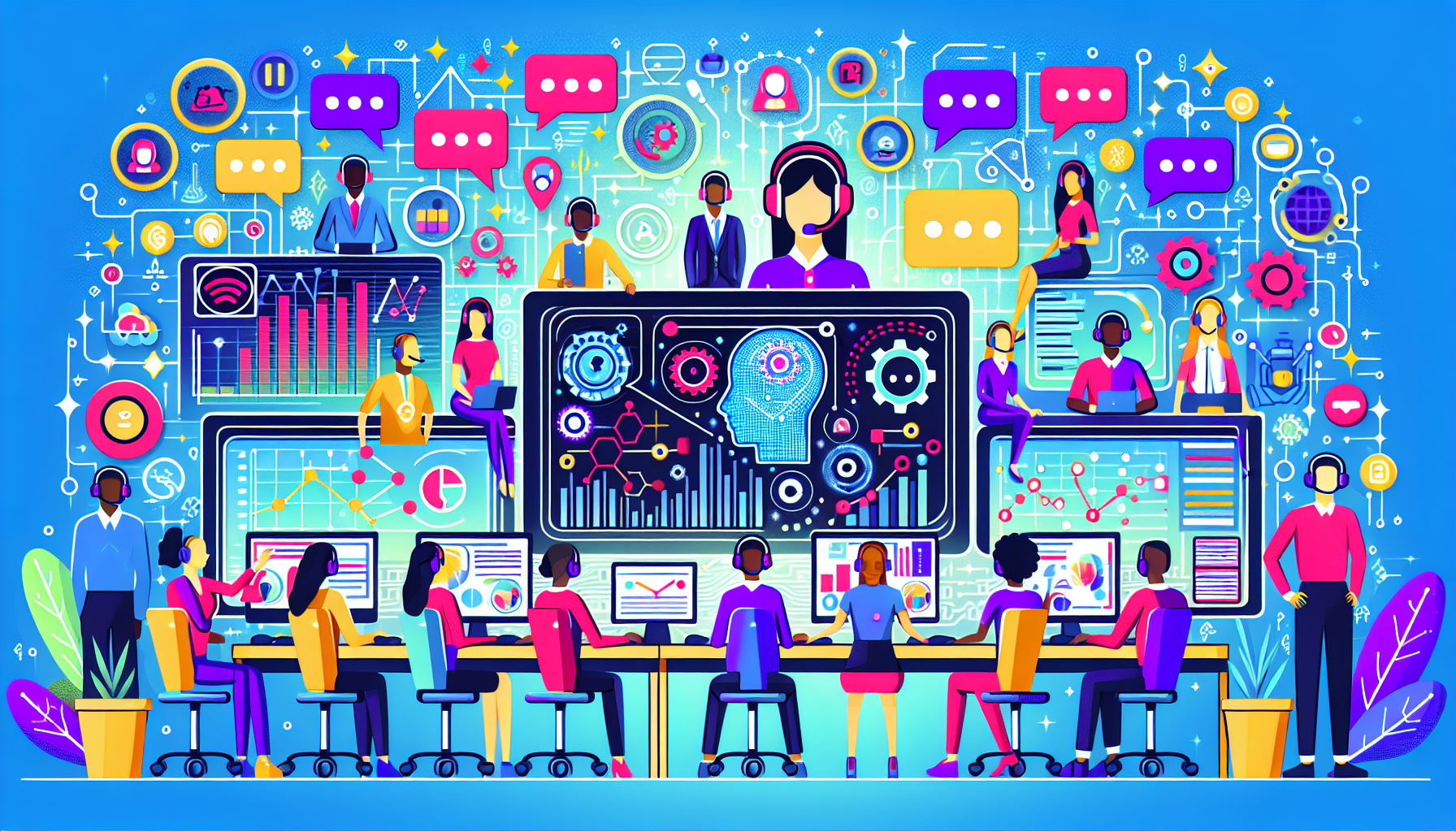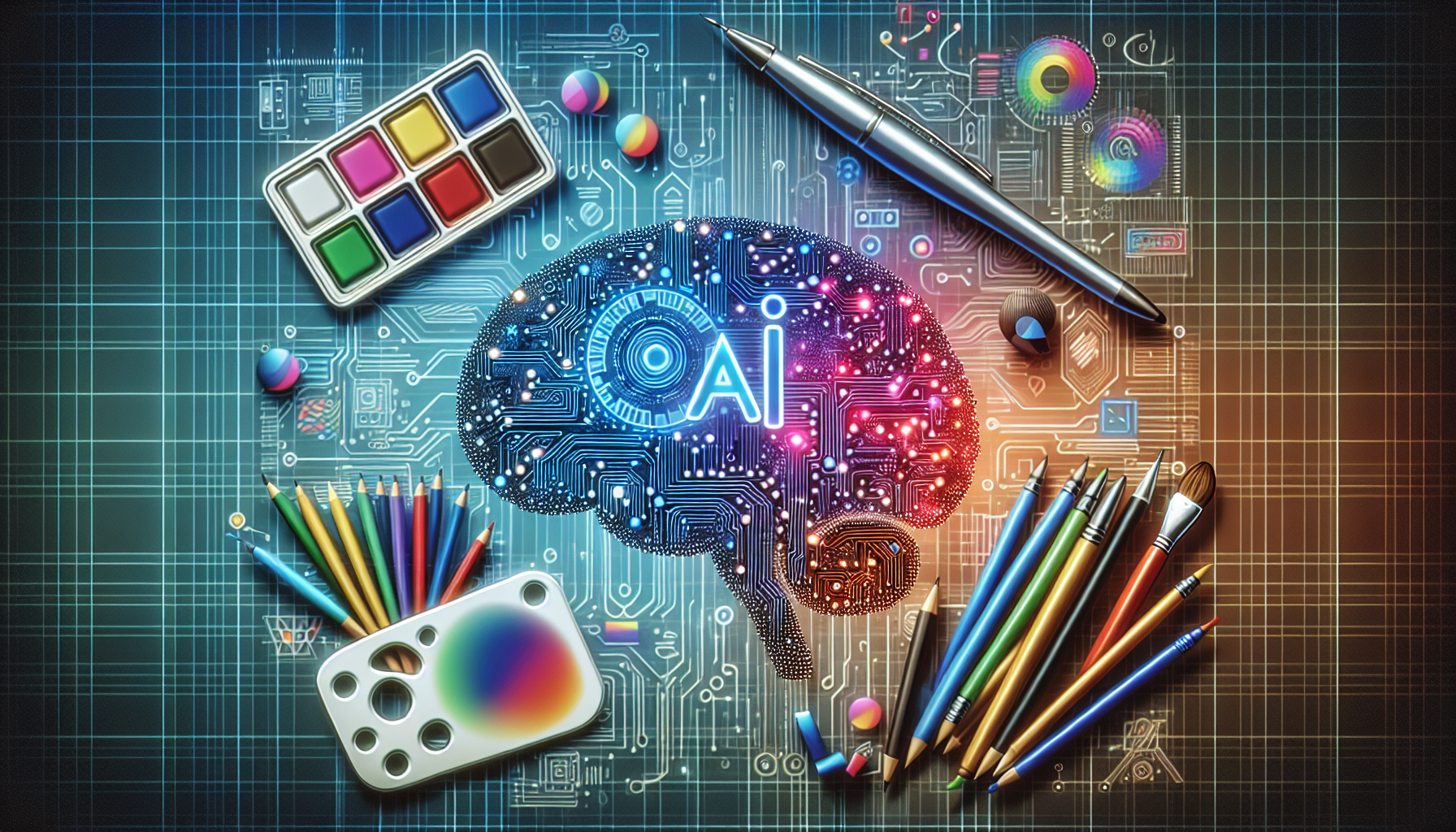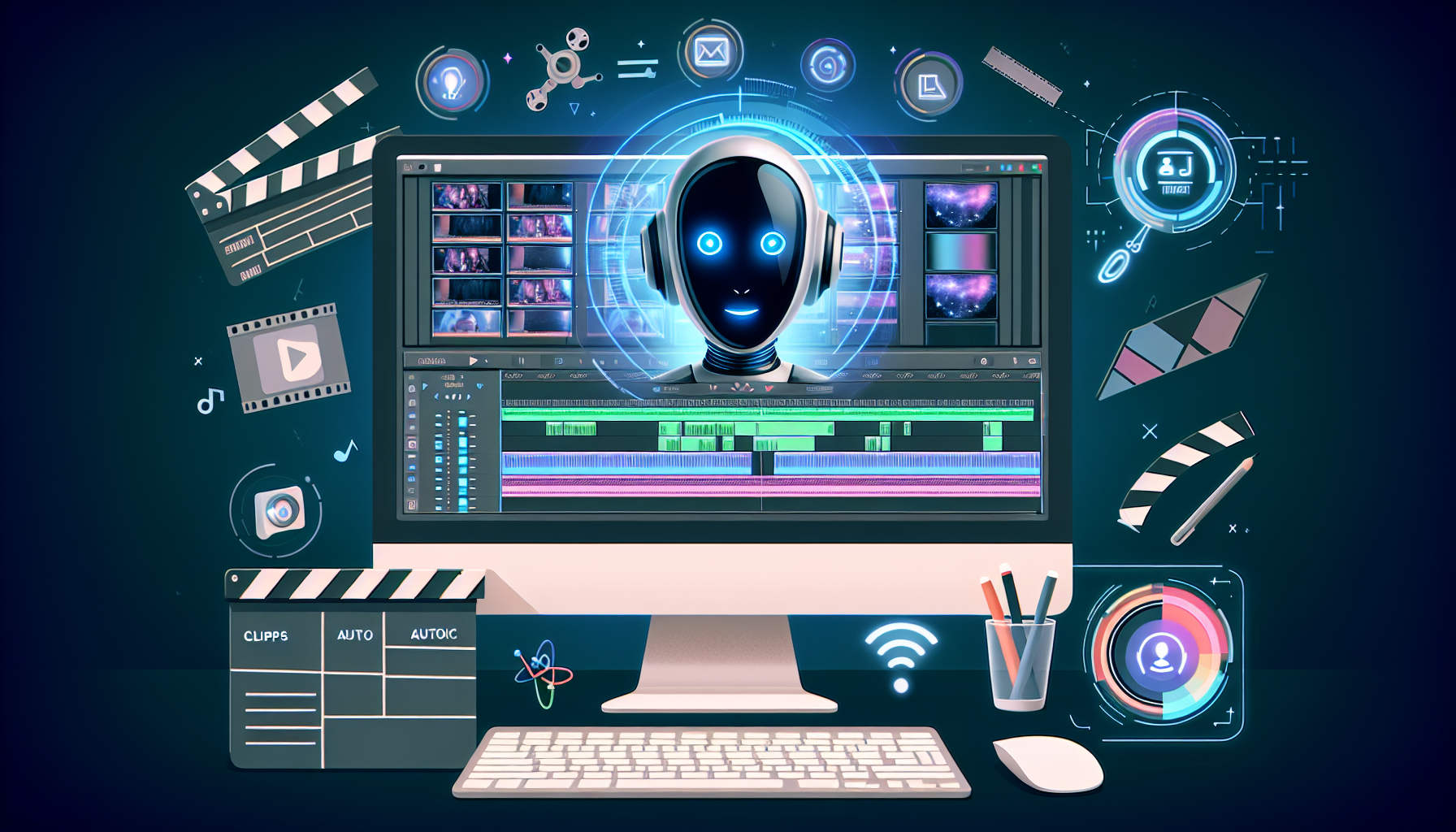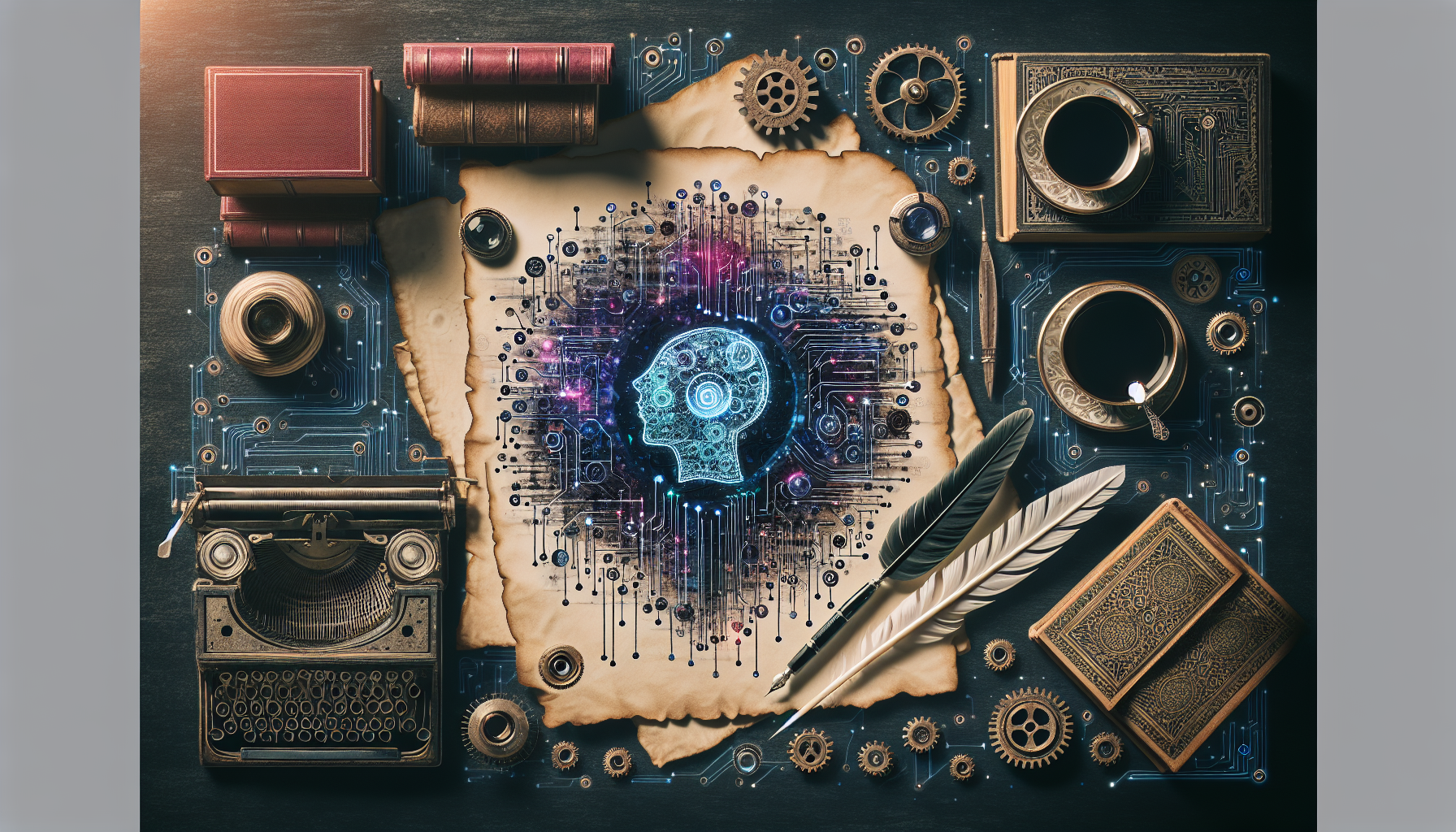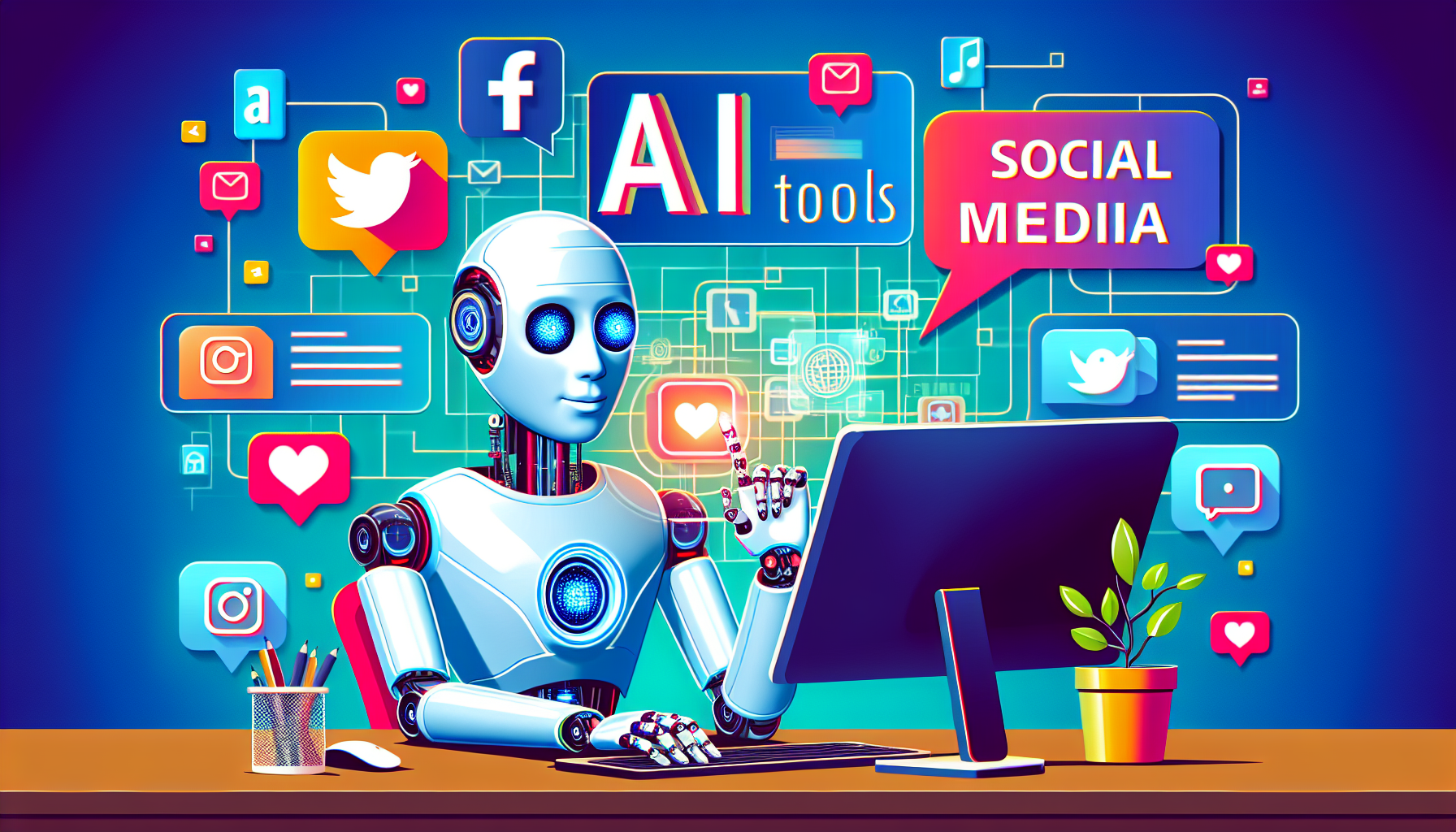Outline of the Article
| Main Sections | Subsections |
|---|---|
| Introduction | Definition of AI and Cybersecurity |
| Current Cybersecurity Challenges | Data Breaches and Malware Attacks |
| Role of AI in Cybersecurity | Threat Detection and Response |
| Types of AI Tools in Cybersecurity | Machine Learning, Behavioral Analytics, and Predictive Analysis |
| Benefits of Using AI Tools | Improved Threat Identification and Faster Response Times |
| Challenges and Limitations | Accuracy and Ethical Considerations |
| Implementation and Integration | Best Practices and Considerations |
| Future Trends in AI for Cybersecurity | Advancements and Potential Developments |
| Conclusion | Summary of Key Points |
Article on AI Tools for Cybersecurity
Artificial Intelligence (AI) has increasingly become a vital tool in the field of cybersecurity, offering advanced capabilities in threat detection and response. As cyber threats continue to evolve, organizations are turning to AI-based solutions to protect their valuable data and systems. This article explores the role of AI in cybersecurity, the types of AI tools available, their benefits and challenges, as well as future trends in this rapidly evolving space.
Definition of AI and Cybersecurity
AI refers to the simulation of human intelligence processes by machines, particularly computer systems. In the context of cybersecurity, AI is utilized to analyze and identify potential threats, as well as to respond to security incidents in real time.
Current Cybersecurity Challenges
Data Breaches and Malware Attacks
Organizations face a constant barrage of cyber threats, including data breaches that compromise sensitive information and malware attacks that disrupt operations. Traditional security measures often struggle to keep pace with the sophistication of these attacks.
Role of AI in Cybersecurity
Threat Detection and Response
AI enables proactive threat detection by analyzing patterns in network traffic and user behavior. It also facilitates rapid response to potential threats, minimizing the impact of security incidents.
Types of AI Tools in Cybersecurity
Machine Learning
Machine learning algorithms can identify anomalies and deviations from normal patterns, indicative of potential security breaches.
Behavioral Analytics
AI-driven behavioral analysis can detect unusual user activity and flag suspicious behavior for further investigation.
Predictive Analysis
AI tools can predict future security threats based on historical data and evolving attack patterns.
Benefits of Using AI Tools
Improved Threat Identification
AI tools enhance the accuracy and speed of threat identification, enabling proactive security measures.
Faster Response Times
Real-time analysis and automated response mechanisms reduce the time between identifying a threat and taking action.
Challenges and Limitations
Accuracy
AI tools may generate false positives or negatives, impacting the reliability of threat detection.
Ethical Considerations
The use of AI raises ethical questions regarding privacy, data protection, and potential biases in threat analysis.
Implementation and Integration
Best Practices and Considerations
Organizations need to carefully integrate AI tools into existing security infrastructure, ensuring seamless operation and minimal disruption.
Future Trends in AI for Cybersecurity
Advancements and Potential Developments
Ongoing advancements in AI technology are likely to lead to more sophisticated cybersecurity solutions, including AI-based autonomous response systems and adaptive threat mitigation strategies.
Conclusion
AI tools offer significant potential in enhancing cybersecurity capabilities, but their adoption and deployment require careful consideration of both the benefits and challenges they present. As the cybersecurity landscape continues to evolve, AI is expected to play an increasingly pivotal role in mitigating the risks posed by cyber threats.
FAQs
1. Can AI completely eliminate cybersecurity risks?
No technology can fully eliminate cybersecurity risks, but AI tools can significantly improve threat detection and response capabilities.
2. How does AI address the issue of false positives in threat detection?
Advanced AI algorithms employ contextual analysis to minimize false positives and enhance the accuracy of threat identification.
3. What are the key considerations when implementing AI tools for cybersecurity?
Integration with existing security systems, data privacy compliance, and ongoing training of AI models are critical considerations when implementing AI tools for cybersecurity.
4. Are there regulatory frameworks governing the use of AI in cybersecurity?
Several regulatory bodies and industry standards address the ethical and legal implications of AI deployment in cybersecurity, including data protection regulations and industry-specific guidelines.
5. What are the potential downsides of overreliance on AI for cybersecurity?
Overreliance on AI tools may lead to complacency in human oversight and could potentially amplify the impact of certain types of cyber threats, if not used judiciously.





